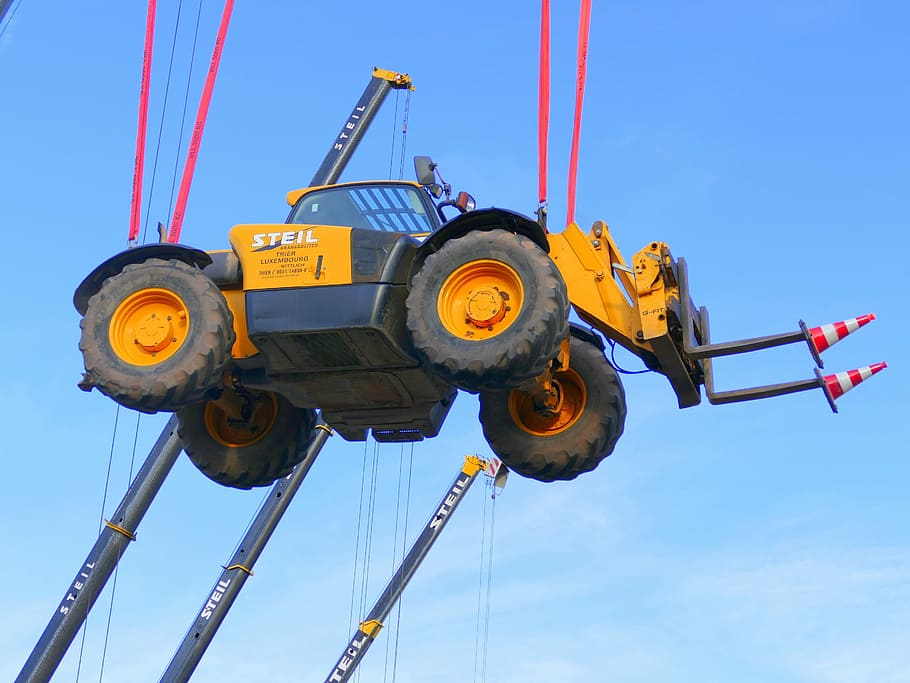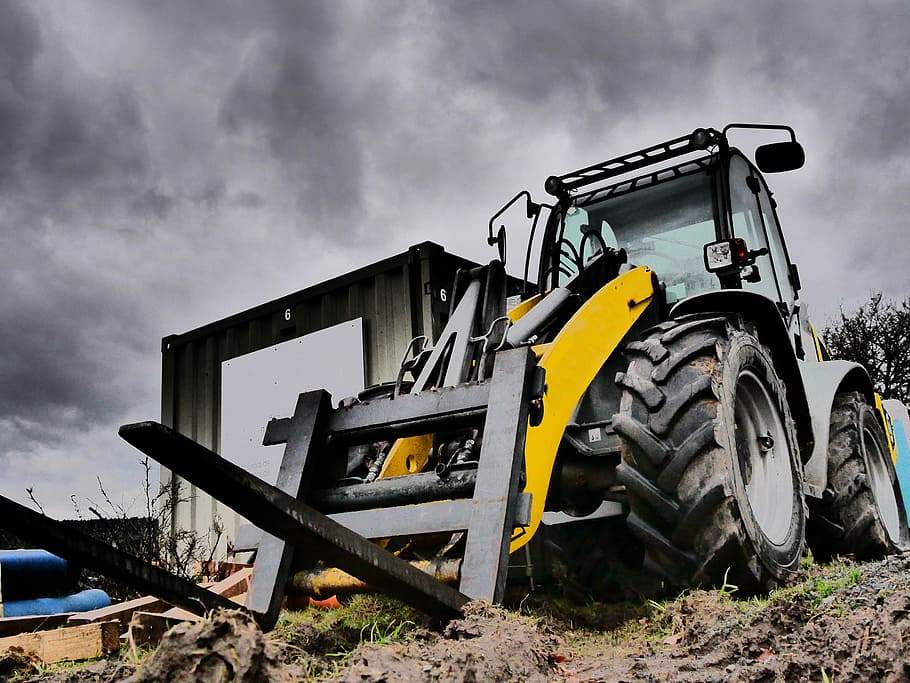Forks are essential elements for pallet handling. Most packages are now palletized for ease of handling and the fork is adapted to the handling of these pallets.
The pallet handling fork
The fork of the handling trolley must be chosen according to the type of packages to be handled.
The pallet has become mandatory for certain transports and it has even become a unit of measure in handling.
In practice, the fork is the most common lifting equipment because the majority of packages are now palletized.
There are different types of a fork for a handling truck:

– the fixed forks are non-tilting and non-adjustable,
– the tilting forks tilt according to the angle of the mast,
– the variable forks have adjustable spacing,
– the adjustable forks have an adaptable length,
– the special forks have a function of their own.
Fixed forks
The forks are welded to the shield and do not allow forward or backward tilting or spacing adjustment.
The fixed forks are always horizontal and can be flat for transporting pallets or tubular for picking up suitable bins.
Fixed forks are usually fitted to the pallet truck and stacker.
Tilting forks
In reality, most often fork tilt is a function of the forklift mast tilting forward or backward to grab the load more easily and wedge it backward on the shield. This is a useful feature that should be checked before purchasing your machinery.
Variable forks
Variable forks are either manually repositionable forks on the bumper or forks with steering wheel-controlled hydraulic travel.
The use of variable forks is necessary to grasp pallets of different spacings or to grasp the same pallet on different sides.
The lateral displacement of the variable forks also allows the package to be moved sideways while keeping it on the truck, for example, to pick it up or to place it against a wall.
Variable forks with side shift are very useful in tight warehouses by limiting the maneuvers of the forklift truck.
Adjustable forks
Adjustable forks are variable-length forks or telescopic forks.
The forks can be extended manually by sliding or adding extensions, or hydraulically from the operator’s station.
The use of adjustable forks is justified for deep racking and for large packages.
Caution is even more necessary with adjustable forks, which require strict adherence to the indications on the forklift truckload plate.
Special forks
There are also specific pallet forks for transferring parcels from one pallet to another. Pallet changers are equipped with two low forks and two upside-down high forks.
Their use consists of moving a prepared parcel on a preparation pallet onto a disposable pallet for transport.
The transport pallet is then placed upside down on the package, the pallet changer grabs the bottom pallet, lifts it up, and turns the package onto the transport pallet.
It is indeed an essential accessory of the forklift truck that you should consider when buying a new or used heavy equipment from your supplier.
All in all, it goes without saying that your machinery will require reliable maintenance services of its forks and other parts. For that, you need to trust a professional company where people know how to get the job done according to the norms and standards of security requirements as these machines are heavy-duty vehicles that may cause severe damage and safety issues if not maintained and serviced properly.
Should you require more information on buying a new or used heavy equipment from a company that delivers reliable maintenance services, please jot down your comments below and we will get back to you.





One thought on “Different Types of Pallet Handling Fork to Consider When Buying a Handling Truck”